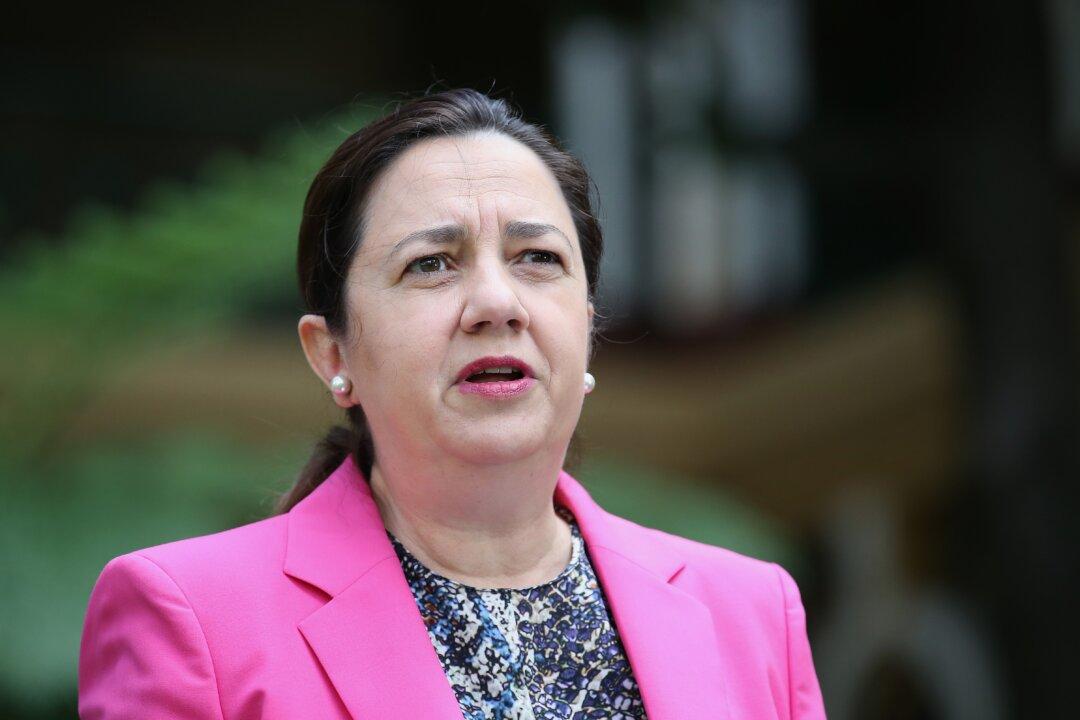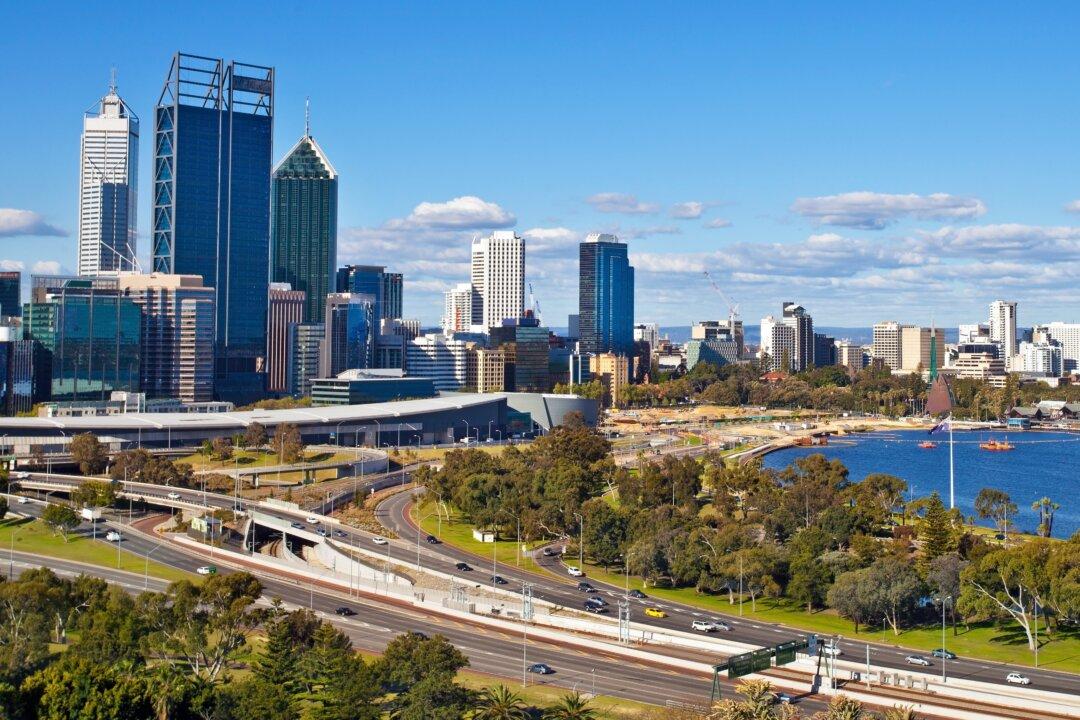Queensland (QLD) has become the second state in Australia to legislate a net zero target amid heavy investment into hydrogen and other renewable energy technologies.
This will means QLD will join Victoria—which became one of the first jurisdictions in the world and the first Australian state to legislate a net zero target—in legally enforcing the requirement.





